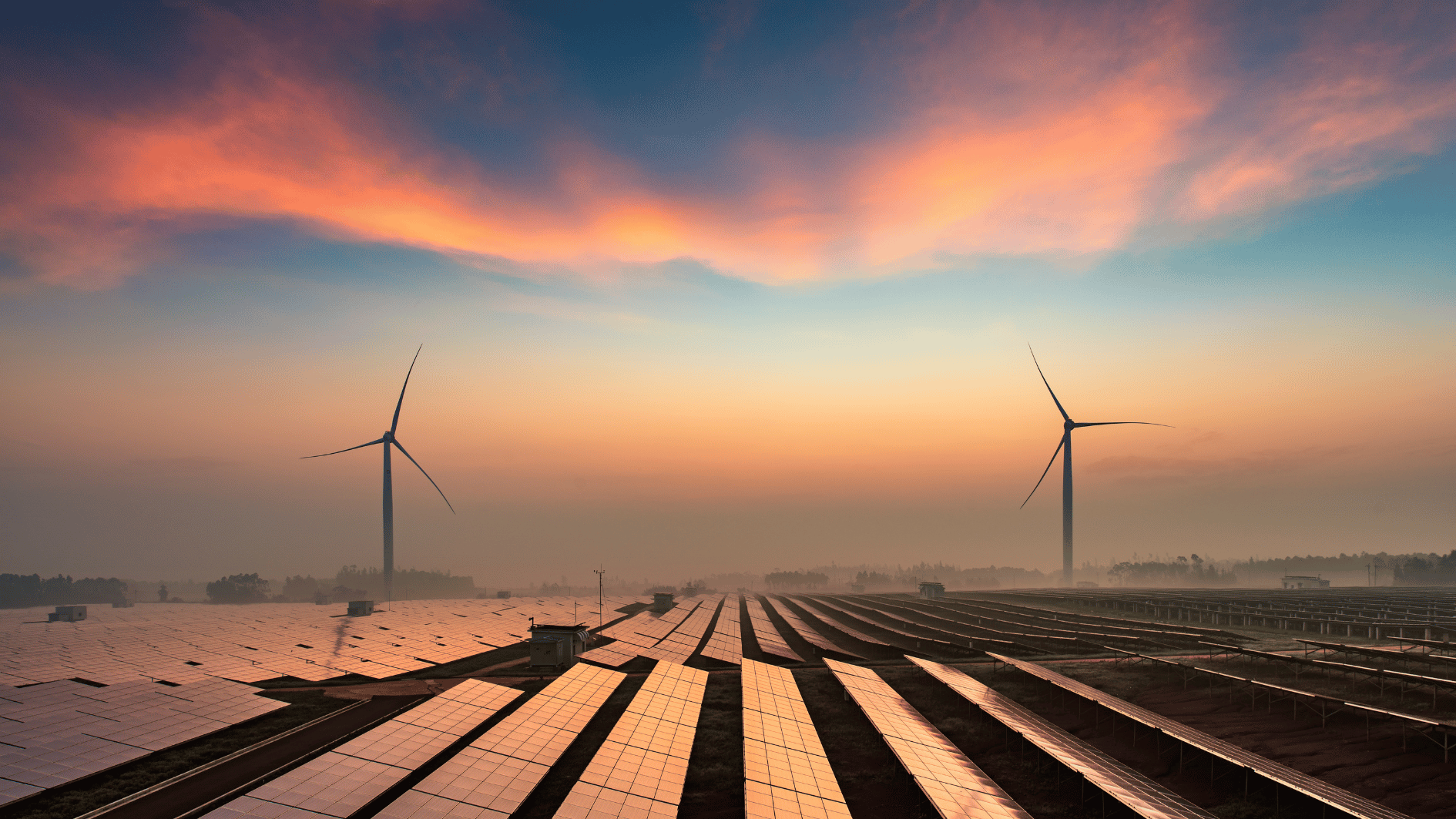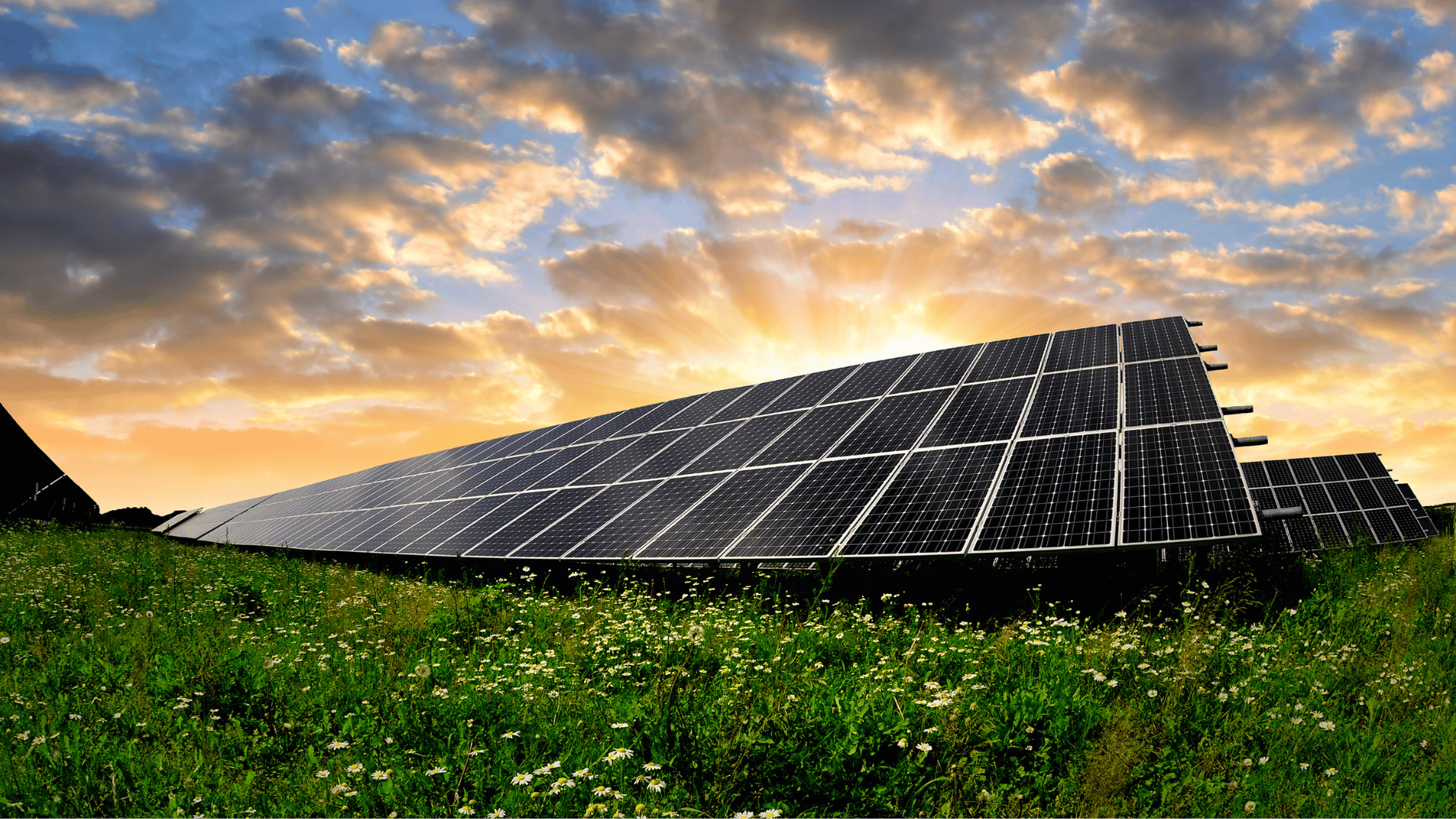Image source: Canva.com
A recent review of mid-year data by the SUN DAY Campaign, based on the Federal Energy Regulatory Commission’s (FERC) latest figures, reveals that renewable energy sources now account for 30% of the total U.S. electrical generating capacity. This mix includes biomass, geothermal, hydropower, solar, and wind. Notably, June marked the tenth consecutive month in which solar energy was the largest contributor to new capacity, putting it on track to become the nation’s second-largest source of capacity, trailing only natural gas, within the next three years.
In June 2024, renewables dominated new energy generation, accounting for 99% of the capacity added, with solar alone comprising 97% of this new capacity. FERC’s “Energy Infrastructure Update” report indicates that 37 solar units totaling 2,192 megawatts (MW) were brought online in June, alongside a 34 MW hydropower unit. These additions reflect a broader trend seen in the first half of 2024, where solar and wind contributed 91% of new generating capacity, with solar alone adding 13,072 MW.
The first half of 2024 saw solar power nearly double the capacity it added during the same period in 2023. Solar now represents 77.4% of all new generation brought online this year, significantly outpacing wind, which accounted for 12.6%. Over the past decade, solar capacity has grown more than tenfold, with wind capacity doubling.
As of June 2024, solar power’s share of the U.S. utility-scale generating capacity has risen to 9.0%, surpassing hydropower and closely following wind. This growth has positioned solar as the fourth largest source of generating capacity in the U.S., just behind natural gas, coal, and wind.
FERC’s projections indicate that solar is set to become the second-largest source of U.S. generating capacity by 2027. The agency expects net “high probability” solar additions of 88,526 MW over the next three years, far outpacing other renewable sources. If these projections hold, solar will represent over 14% of the nation’s generating capacity by mid-2027, surpassing coal and wind.
The surge in renewable energy, particularly solar, is reshaping the U.S. energy landscape. With solar and wind now constituting more than one-fifth of the nation’s total generating capacity, and potentially reaching nearly 300 gigawatts (GW) when small-scale systems are included, renewables are on course to exceed the capacity of natural gas within the next three years. This rapid expansion underscores the shifting dynamics of the U.S. energy sector, with solar energy at the forefront of this transformation.
Ken Bossong, executive director of the SUN DAY Campaign, emphasized the significance of this trend: “With each passing month, renewables — led by solar — expand their contribution to the nation’s electrical capacity. Growing from just a fraction of one percent a decade ago, solar is now nearly a tenth of U.S. utility-scale generating capacity and poised to reach 15% within three years.”
Source: Solar Power World





